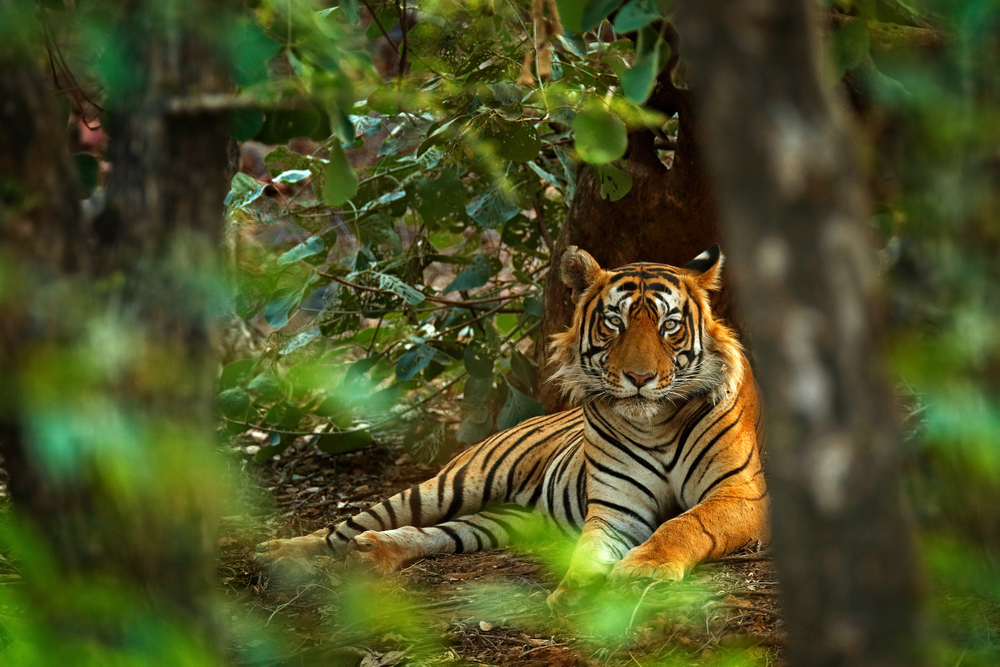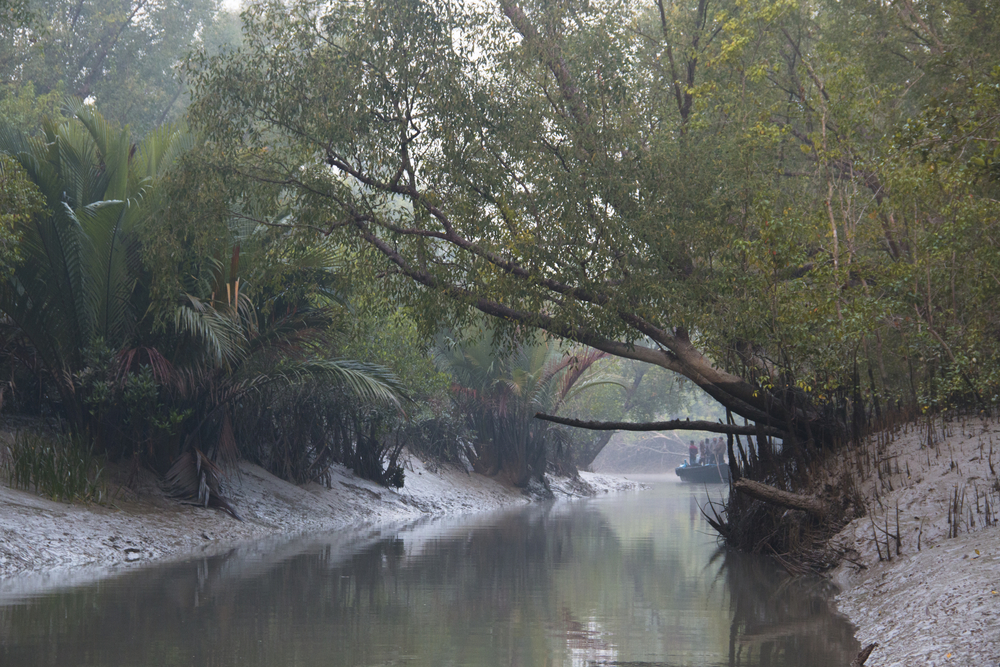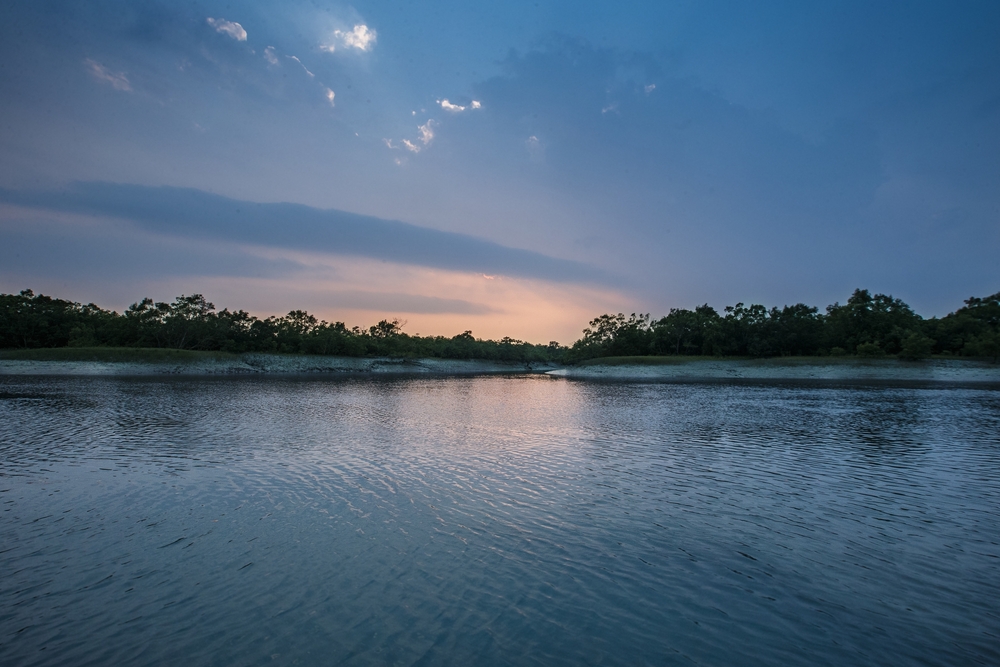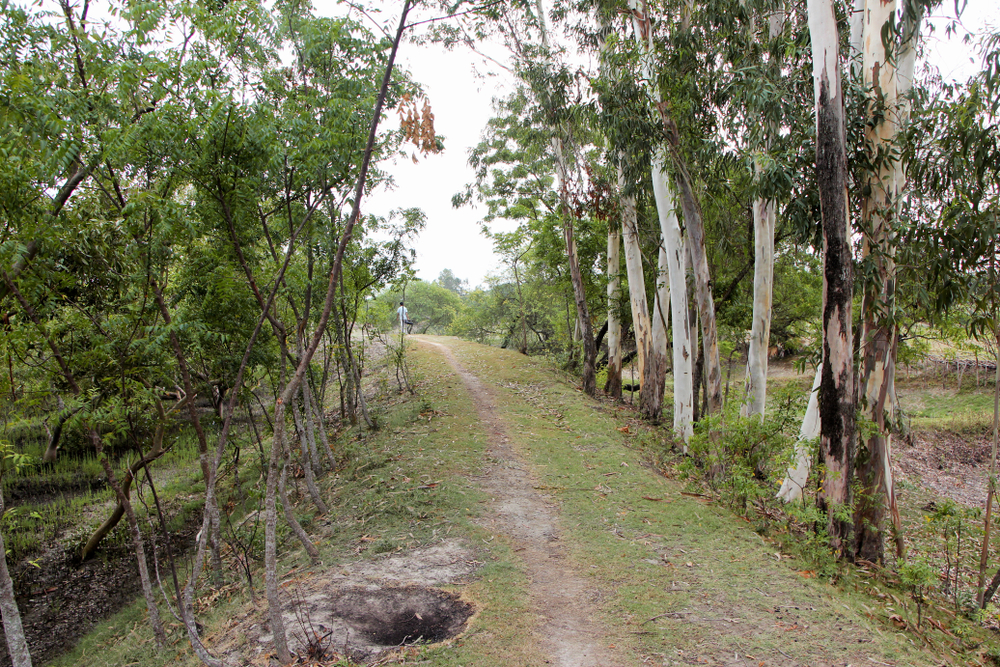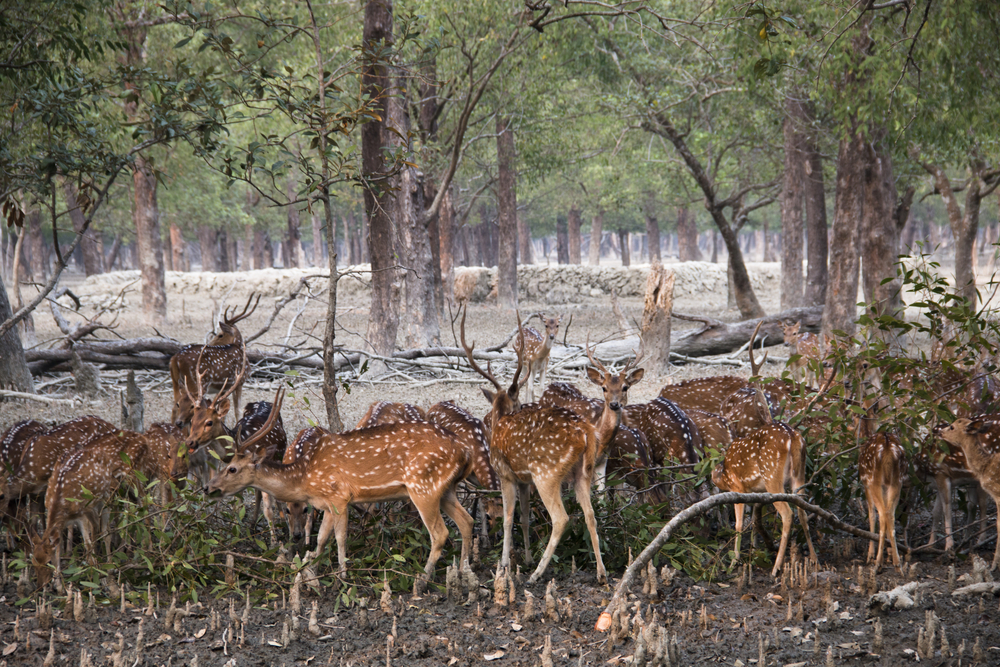Sundarbans Overview
Sundarbans National Park, a UNESCO World Heritage Site, is a magnificent natural wonder located in the delta region of the Padma, Brahmaputra, and Meghna rivers in the Bay of Bengal. Spanning across the southern tip of West Bengal, India, this extensive network of tidal waterways, mudflats, and small islands of salt-tolerant mangrove forests encompasses an area of about 1,330 square kilometers (514 square miles). The park is part of the larger Sundarbans Reserve Forest, which extends into Bangladesh, making it the largest tidal halophytic mangrove forest in the world.
Established as a national park in 1984, Sundarbans is renowned for its unique ecosystem and biodiversity. It is particularly famous for being the habitat of the Bengal tiger, which has adapted to an almost amphibious life, swimming between islands to hunt for food. This elusive tiger population is one of the last remaining in the wild, making the Sundarbans a critical area for conservation.
Besides the iconic Bengal tiger, the Sundarbans National Park is home to a variety of wildlife, including saltwater crocodiles, various species of sharks, the endangered Ganges river dolphin, and the Irrawaddy dolphin. The area is also an avian paradise, with a vast array of birdlife, including numerous species of kingfishers, the magnificent white-bellied sea eagle, and the peregrine falcon.
The park’s dense mangrove forests play a crucial role in protecting the inland areas from cyclones, tidal surges, and erosion. They are also vital for carbon sequestration, contributing to the fight against climate change.
Visitors to Sundarbans National Park can explore this unique landscape through boat safaris, which offer a chance to navigate the narrow creeks and witness the rich biodiversity firsthand. The experience of drifting through the silent waterways, with the dense forest canopy overhead, offers an unparalleled sense of adventure and tranquility.
Sundarbans National Park stands as a testament to nature’s resilience and beauty, offering a unique blend of ecological importance, wildlife conservation, and breathtaking landscapes.
Park Map
Engaging the Sundarbans
Sundarbans National Park Trails
Sources
- Britannica, Sundarban National Park, https://www.britannica.com/place/Sundarbans-National-Park, retrieved April 2024.
- India, Sundarban National Park Tourism, https://www.india.com/travel/sundarbans-national-park/, retrieved April 2024.
- Sundarban National Park, Park Site, https://www.sunderbannationalpark.in, retrieved April 2024.
- Tour My India, Sundarban National Park, https://www.tourmyindia.com/wildlife_sancturies/sunderban-national-park.html, retrieved April 2024.
- UNESCO, Sundarban National Park, https://whc.unesco.org/en/list/452/, retrieved April 2024.















































































